Kilometres and kilometres of bright white sandy beach span the coastline, the unrelenting expanse providing little shelter from the harsh sunshine. Sapphire blue water crashes against the beach, surprisingly cold considering the dry heat of the atmosphere. Moving inland, the beach turns into dry farmland which eventually gives way to the parched red desert. These images encompass the majority of Western Australia, where remote is the main adjective used to describe the region.
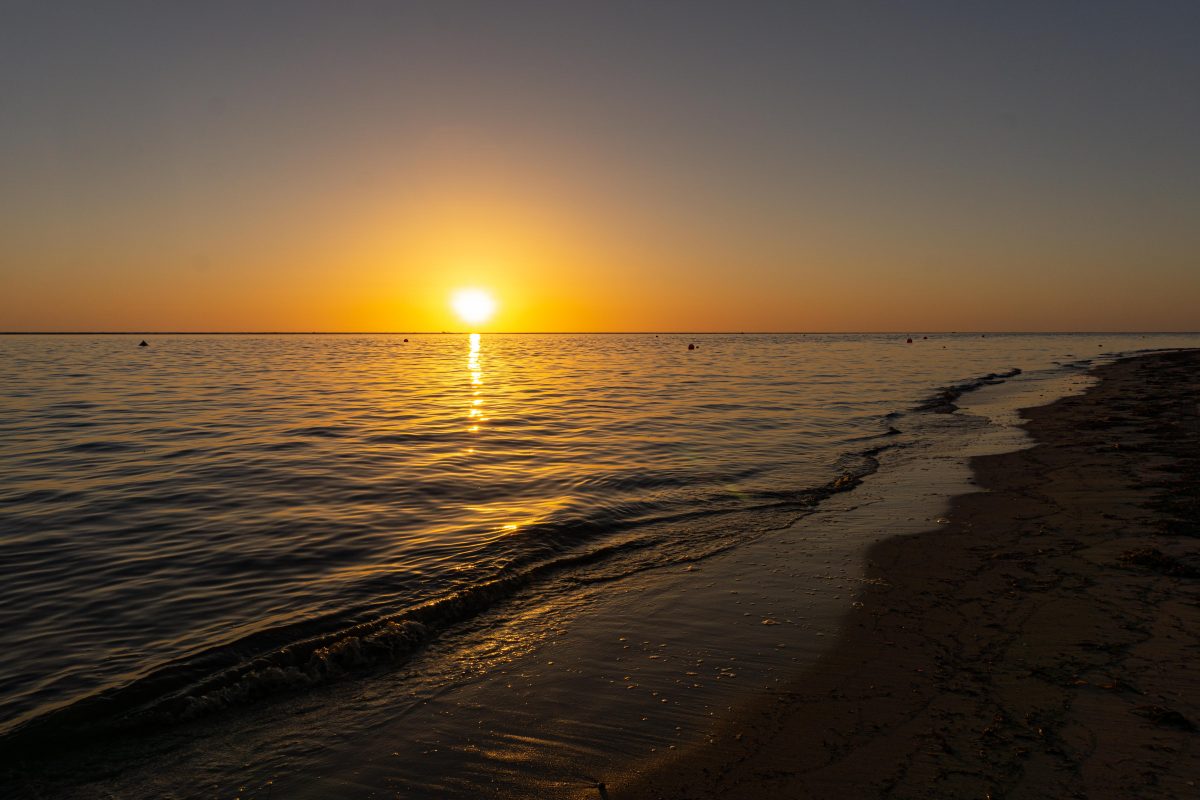
Photo: Joanna Smart
Port Gregory is located about 6 hours drive north of WA’s capital, Perth. Here the landscape although harsh is incredibly beautiful. The mix of colours of red land, white dunes and blue ocean are breathtaking and incredibly unique. A pink salt-lake resides behind the beach and spectacular sunsets sink below the horizon straight out from the beach.
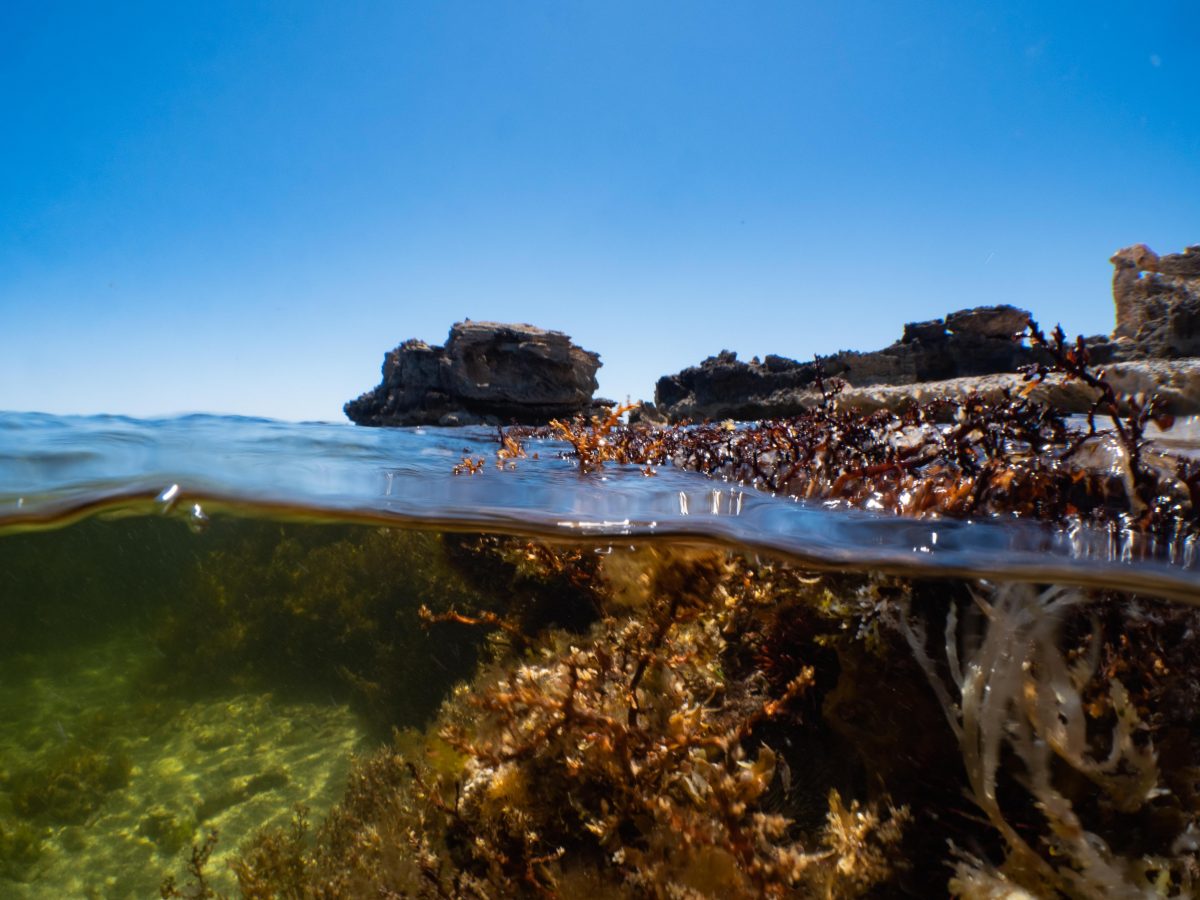
Photo: Joanna Smart
Under the surface, the reefscape evokes a similar likeness of colour and beauty. This region is the mixing zone, where cool waters meet warm. A transition zone between temperate and tropical. Small corals can be found hiding under beds of kelp and tropical fishes meet cold water species in a blend of different kinds of life.
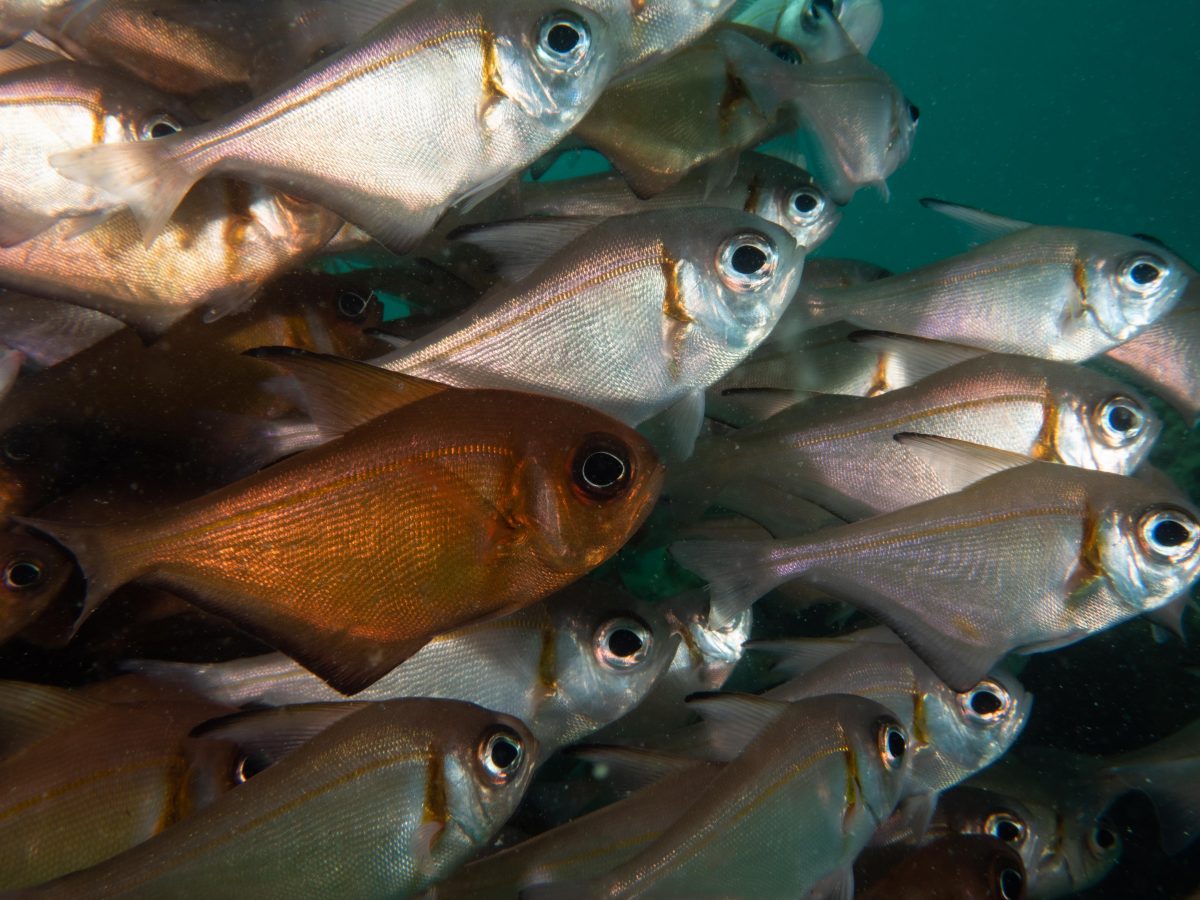
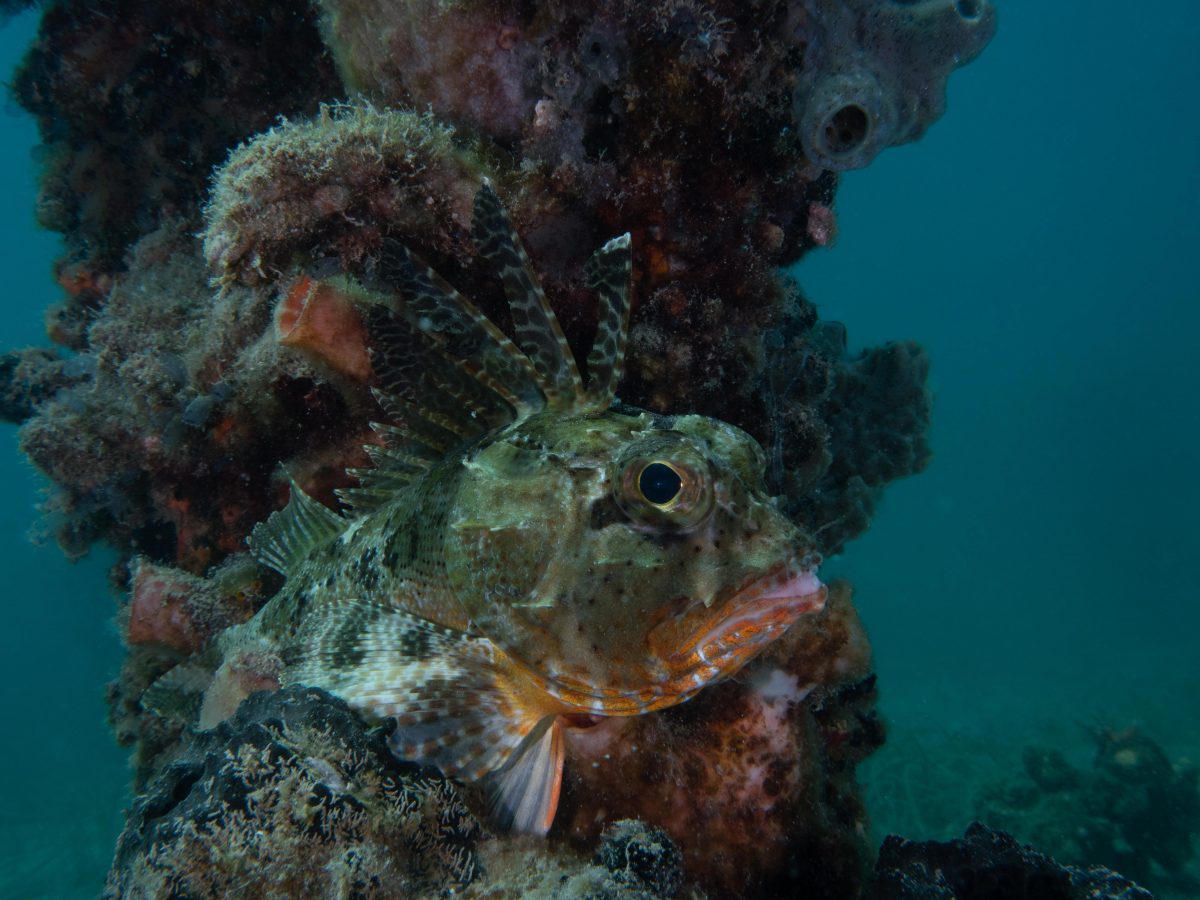
Photos: Joanna Smart
It is in Port Gregory, and in many other regions of Western Australia, important research is being undertaken by a combination of dedicated PhD students, Post-docs and Professors at the University of Western Australia.
The subject of this research is the Great Southern Reef, which stretches along the coastline of southern Western Australia, South Australia, Victoria, Tasmania and New South Wales. This reef system is the forgotten sibling of the better-known Great Barrier Reef, but instead of coral, its main habitat creator is seaweed.
The Great Southern Reef, although relatively unheard of, is just as important as its northern counterpart. Fisheries, recreation and tourism all flourish in this section of the coast but unfortunately, thanks to the unwavering presence of our friend climate change, is just as threatened.
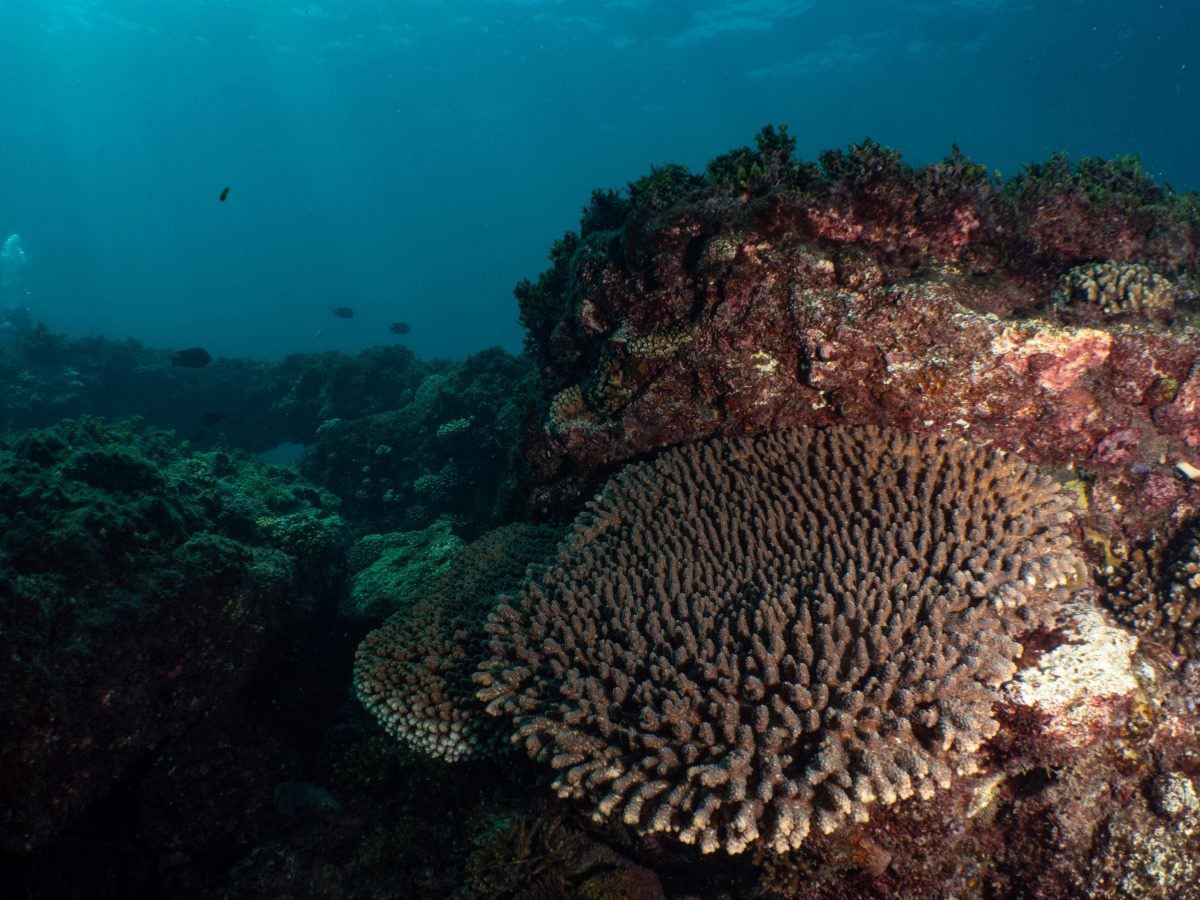
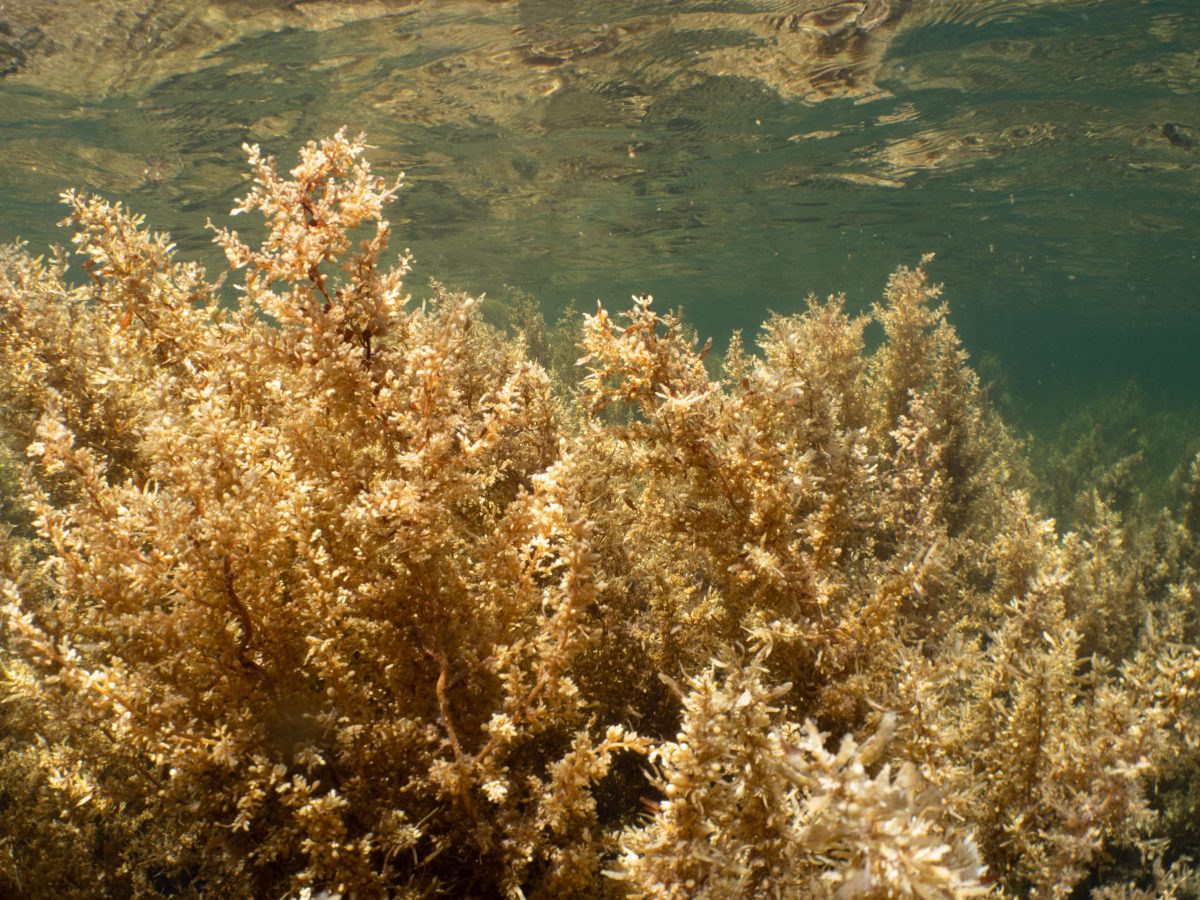
Photos: Joanna Smart
Marine heatwaves, warming ocean temperatures and invasive species have all wreaked significant havoc on the reef system. Habitat loss is rife, urchin barrens present, and species are threatened with extinction. The reef system is changing and this is exactly what the team at UWA intend to study.
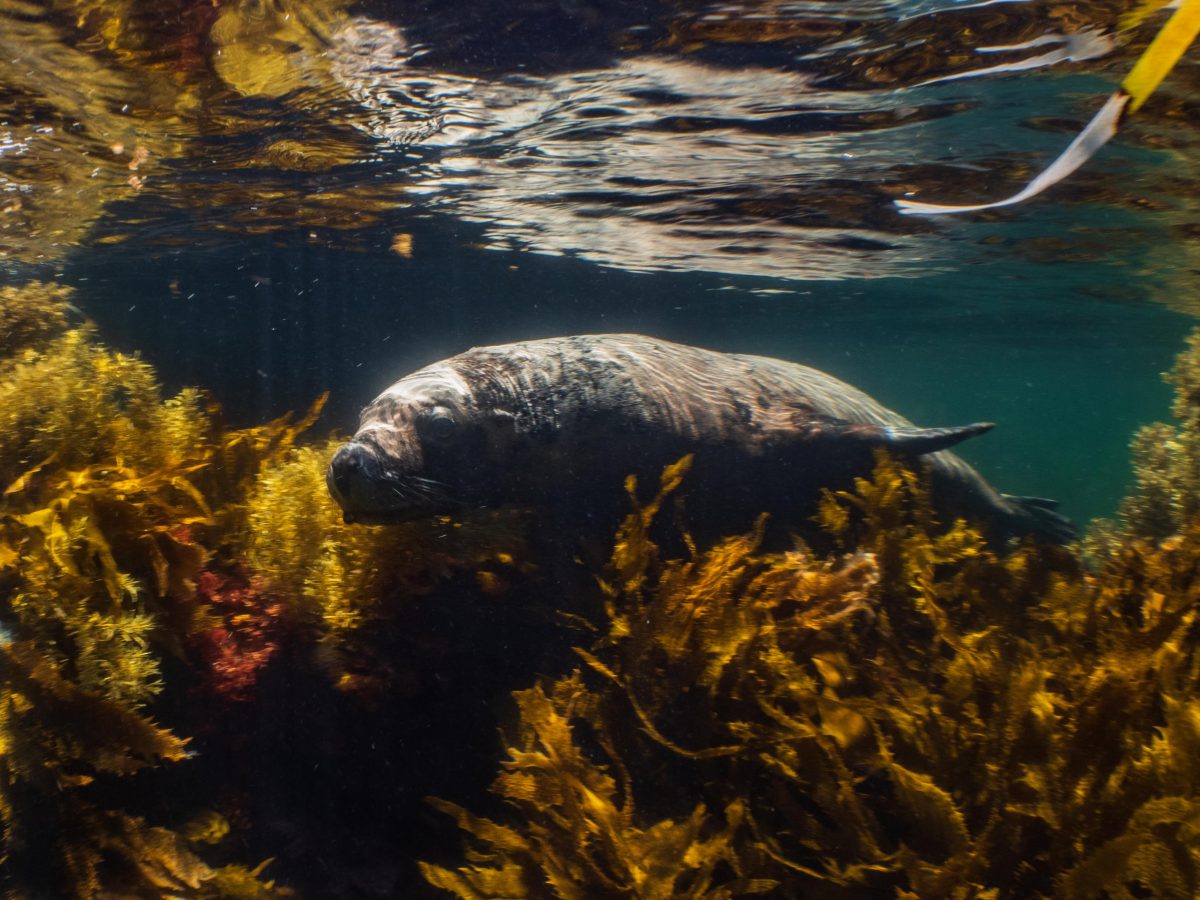
Photo: Joanna Smart
The lab group, lead by internationally renowned biologist Dr Thomas Wernberg, study everything from kelp genetics to herbivorous fish. The team focuses on the ecology of subtidal habitats. They aim to understand how coastal habitats might respond to stressors such as climate change, invasive species and eutrophication.
I joined Wernberg lab in December after a long flight from DEMA in Florida for three weeks of Great Southern Reef Research. The aim of this trip was to gain an understanding of the kinds of research the team conducts and get some hands-on experience in the lab and field.
I started in the laboratory helping the labs PhD students with their research. One of these tasks involved looking after kelp gametophytes. The university keeps a stock culture of ‘baby kelps’ for use in experiments and research, including testing thermal tolerances and genetics research. The gametophytes require weekly water changes as well as the addition of fertiliser. This must all be done in a dark room under red light to prevent the gametophytes from developing into mature kelps.
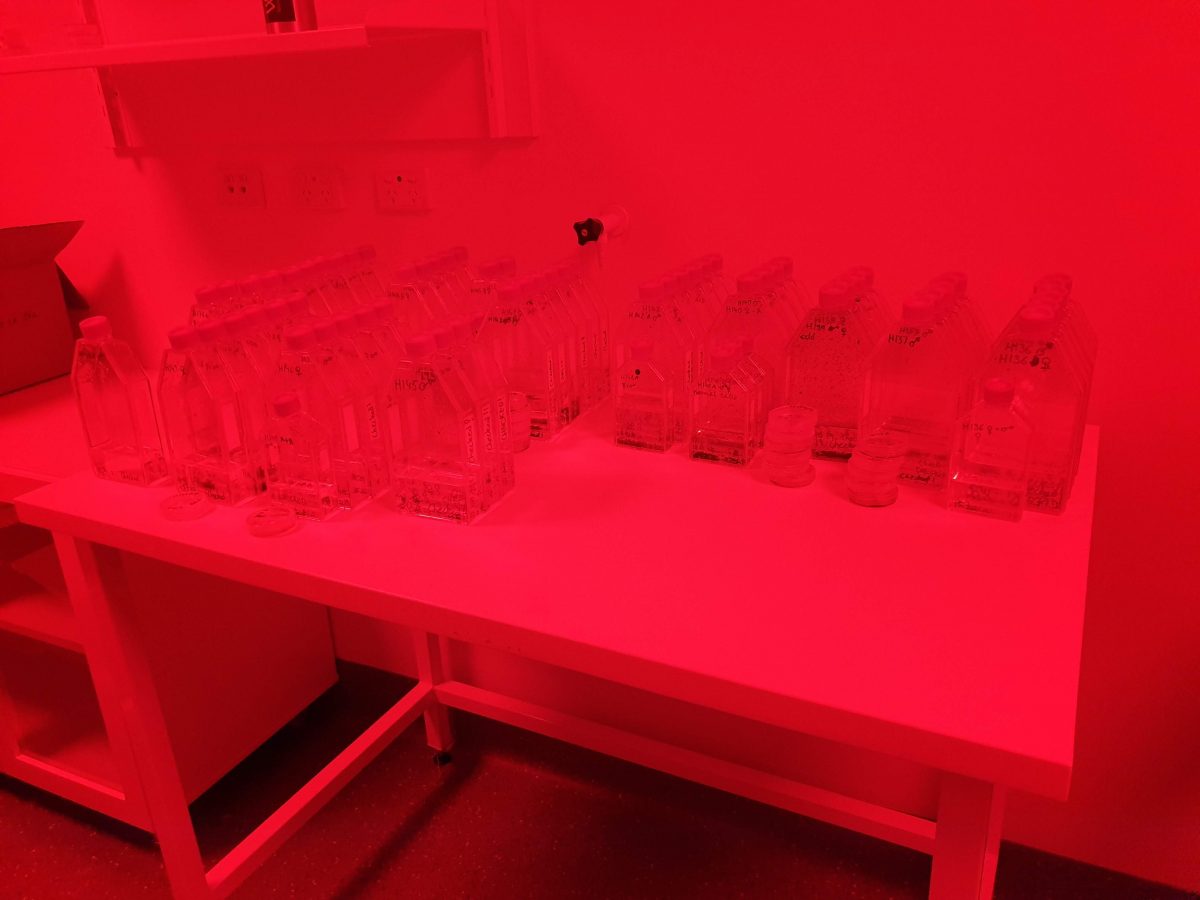
Photo: Joanna Smart
I then moved into a different section of the lab to help PhD student, Albert Pessarrodona, sorting samples. Albert is studying kelp forest recovery and their resilience to climate change. Albert had a selection of benthic samples full of animals for me to sort through and photograph. I also assisted with sediment particle sizing to determine sediment settlement rates on patches of reef. This was a great opportunity to gain some experience on the microscopes.
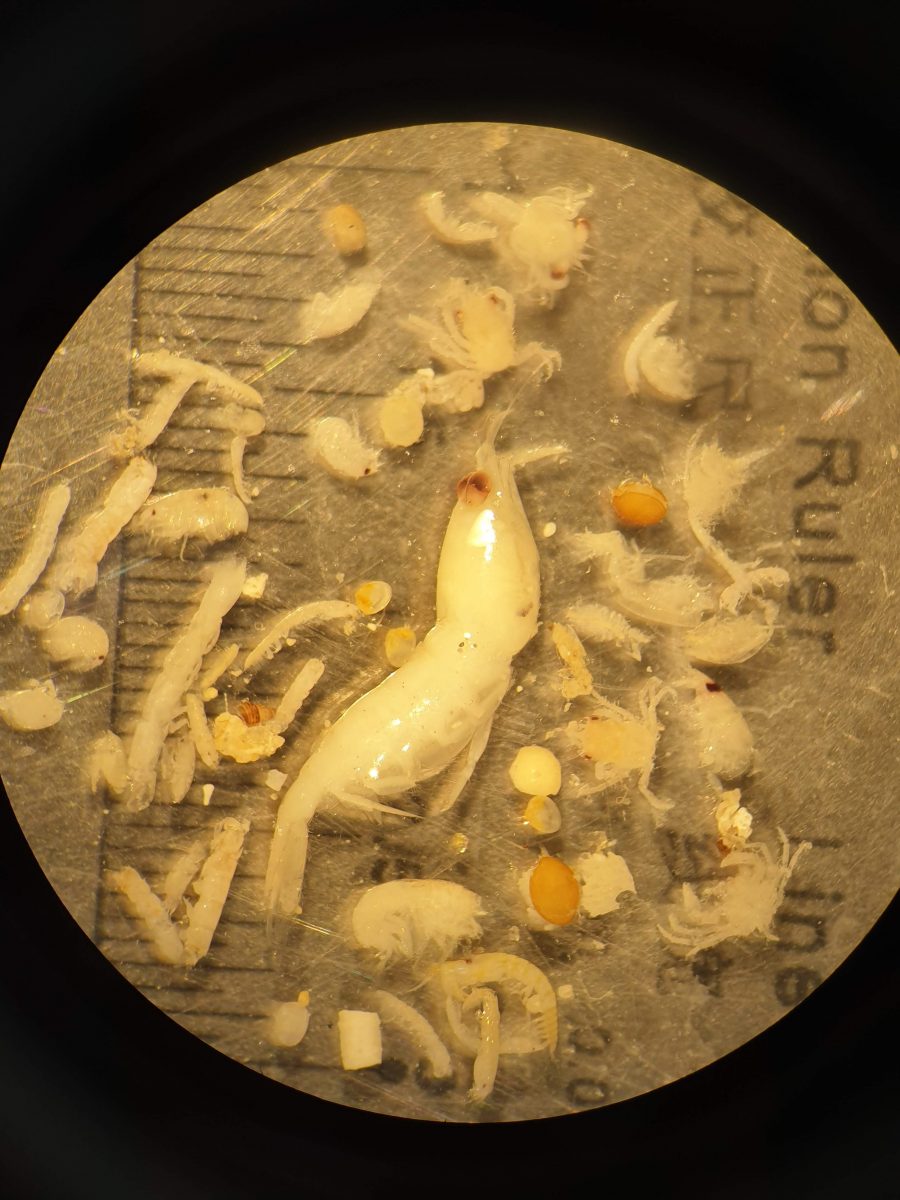
Photo: Joanna Smart
After this, I headed to another UWA campus, Watermans, to assist with the set-up of aquaria for heatwave experiments. After lots of plumbing and electrical work, we were able to set up several aquaria which can run at different temperatures and light levels for experiments on seaweed and corals.
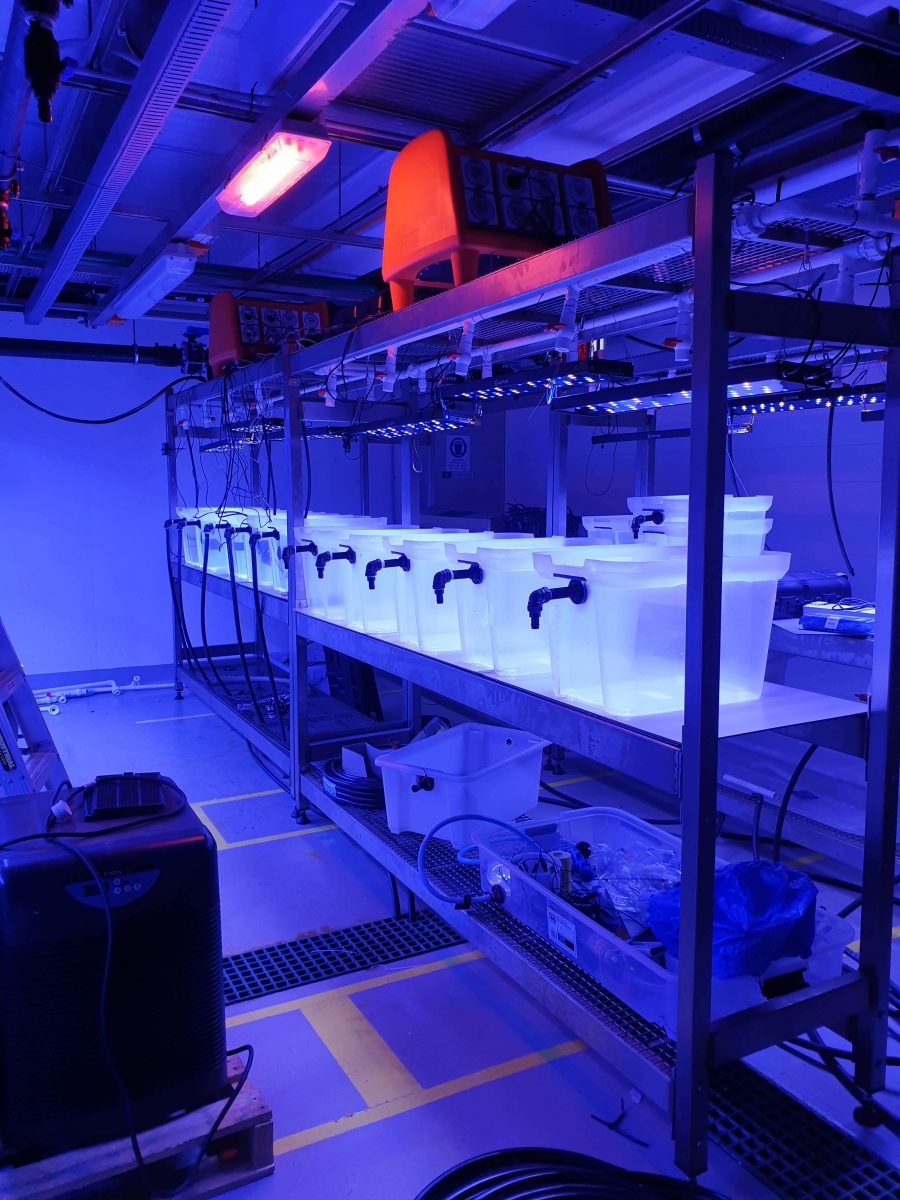
Photo: Joanna Smart
After my time in the lab, I was excited to get out in the field and joined PhD Students Albert, Defne, Sofie and Salvador for a trip to Port Gregory, 6 hours north of Perth.
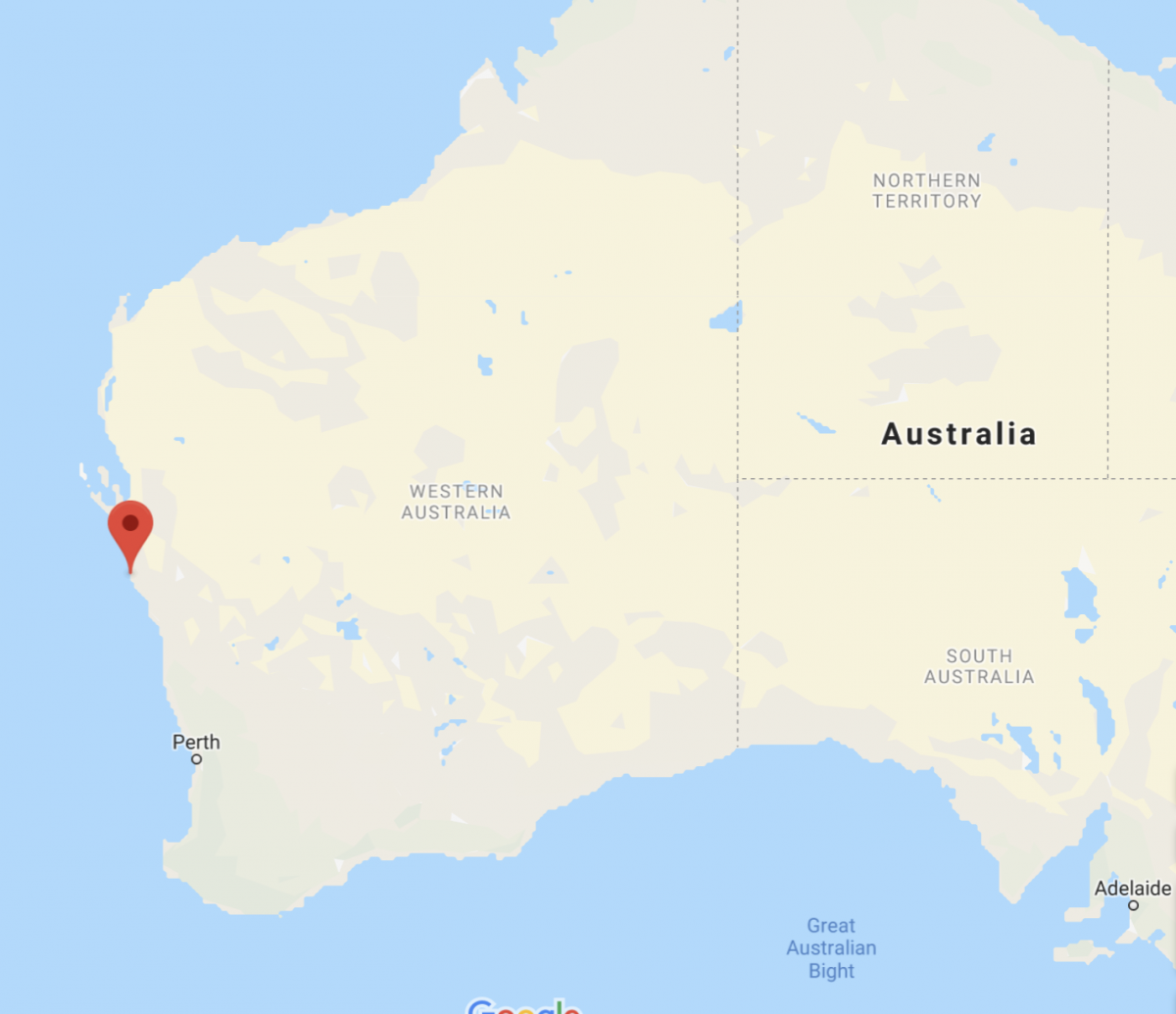
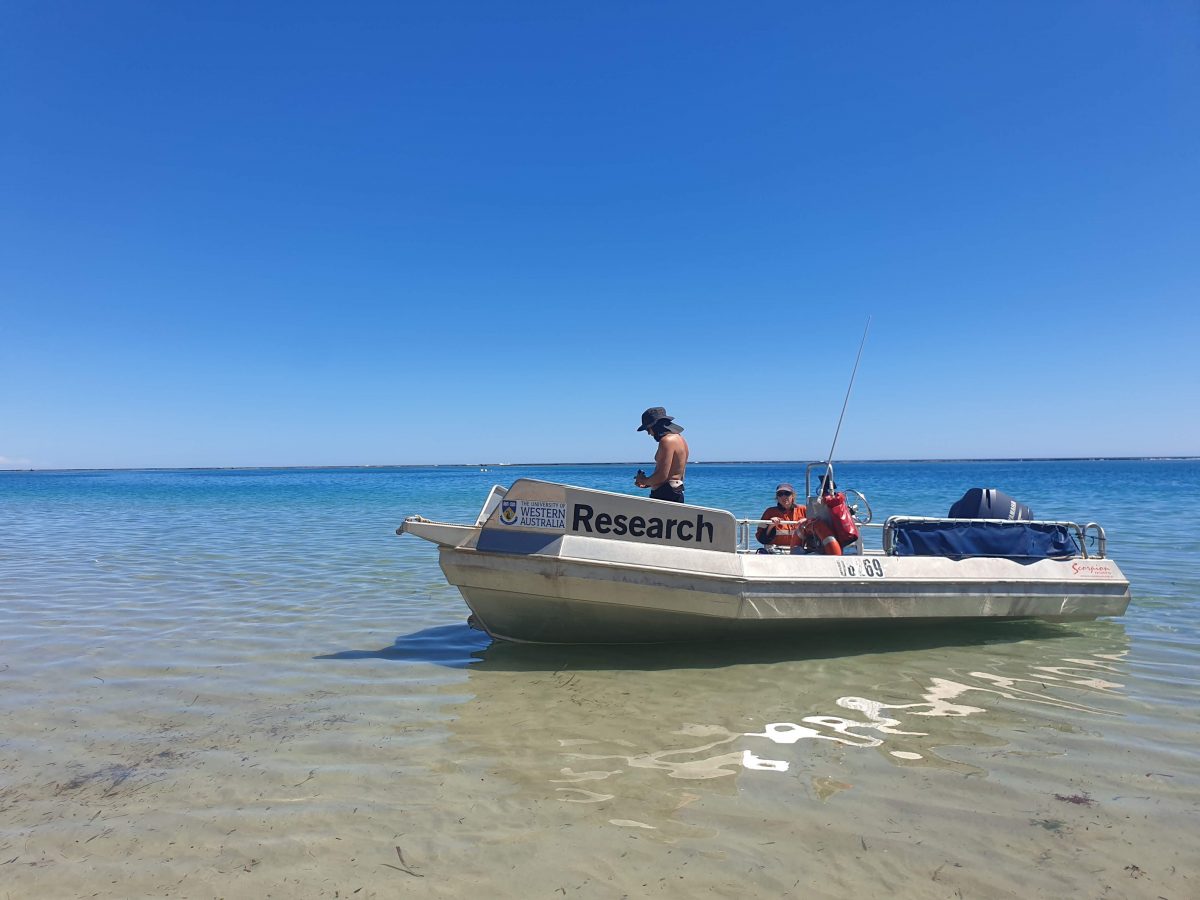
Photo: Joanna Smart
Over a week, we completed dives to find heat-tolerant seaweeds, collect coral samples and drill pins into new sample sights. The diving was fascinating, I had never seen a mix of corals and seaweeds in the one place before and it was interesting to see the number of different fish species all in one place.
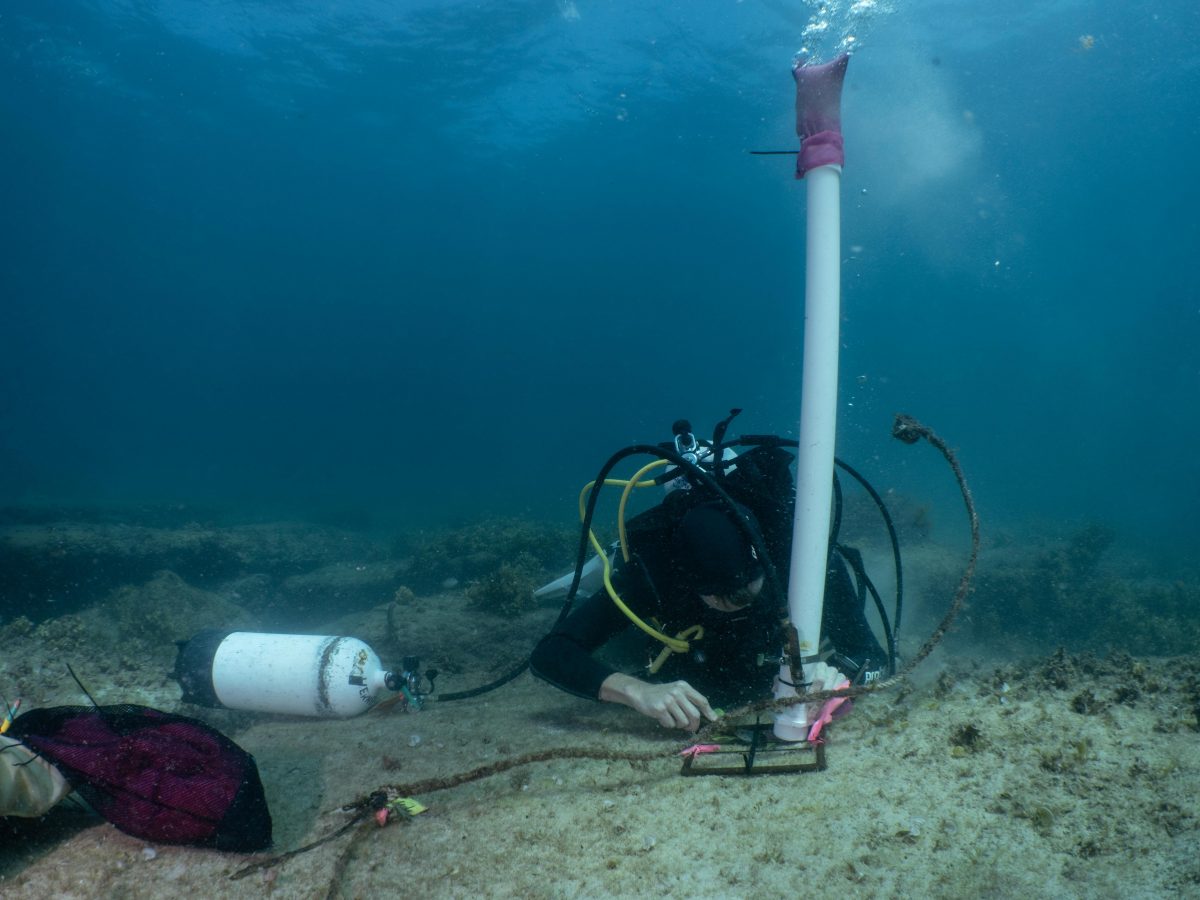
Photo: Joanna Smart
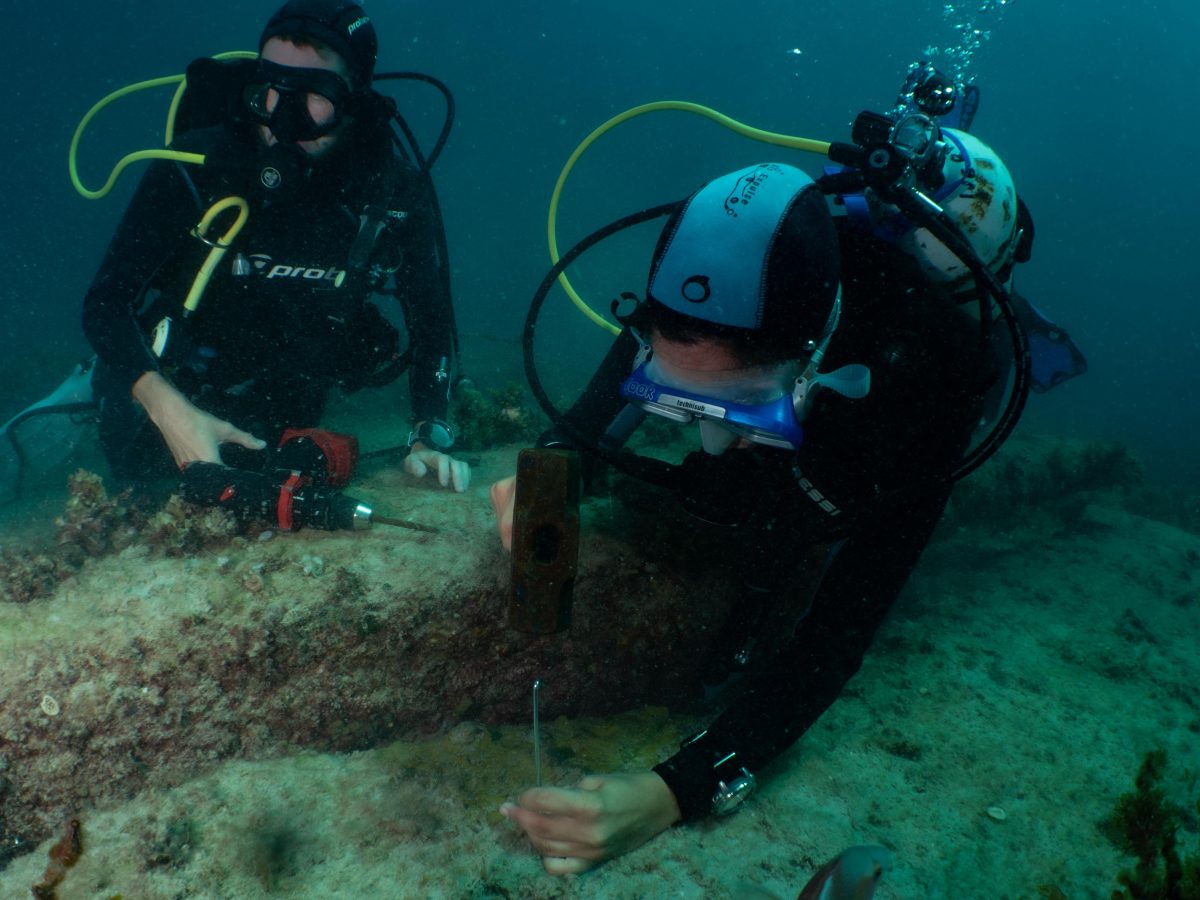
Photo: Joanna Smart
Long days in the boat on 35ºC+ weather left us sunburnt, weathered and slightly parched but the field trip was a success, with everyone accomplishing what they needed. The five of us then piled back into a Hilux for a cramped but scenic drive back to Perth.
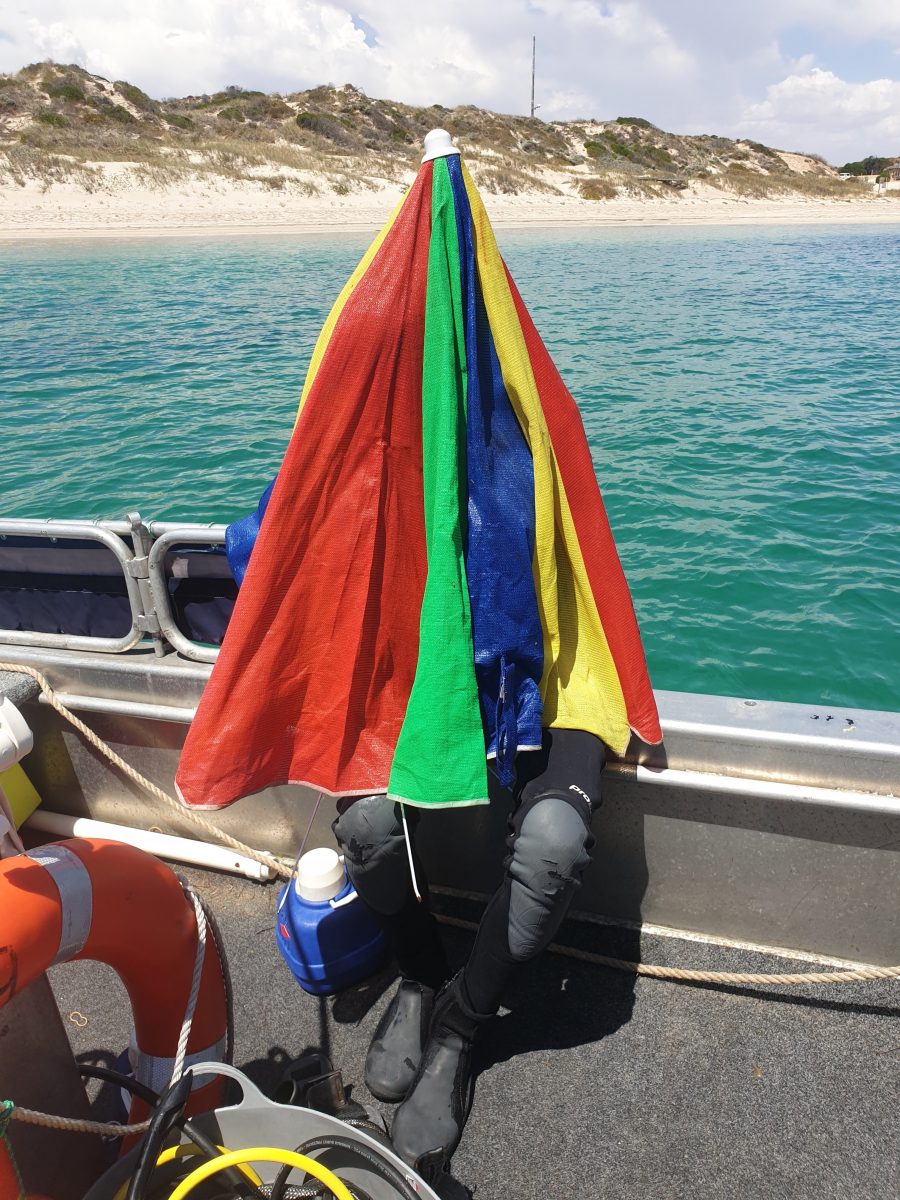
Photo: Joanna Smart
During my time in WA, I gained a new appreciation for the dedication of the PhD students. Coming from Tasmania, I had never experienced so much sun and hot temperatures and was positively melting in the heat. Working long hours in harsh conditions is tough, but this group is incredibly dedicated to the cause and are working hard to ensure the Great Southern Reef is not forgotten.
In mid-December I then said goodbye to Perth and headed back to my home state, Tasmania, to spend Christmas with my family, who I hadn’t seen since departing for Europe in July. I was also joined by European Scholar, Kim Hildebrandt. Whilst in Tasmania we were able to get in some fantastic diving on the deep sponge gardens of the eastern coast. Photographing these sponge gardens (thanks to Reef Photo and Video, Light and Motion and Paralenz!) reinforced how important the Great Southern Reef is. Having now seen its diversity from Western Australia, South Australia, New South Wales and down to Tasmania I have a new appreciation for how lucky we are in Southern Australia. Advocating for conservation and sustainable management will be an even more important priority of mine moving forward.

Photo: Joanna Smart
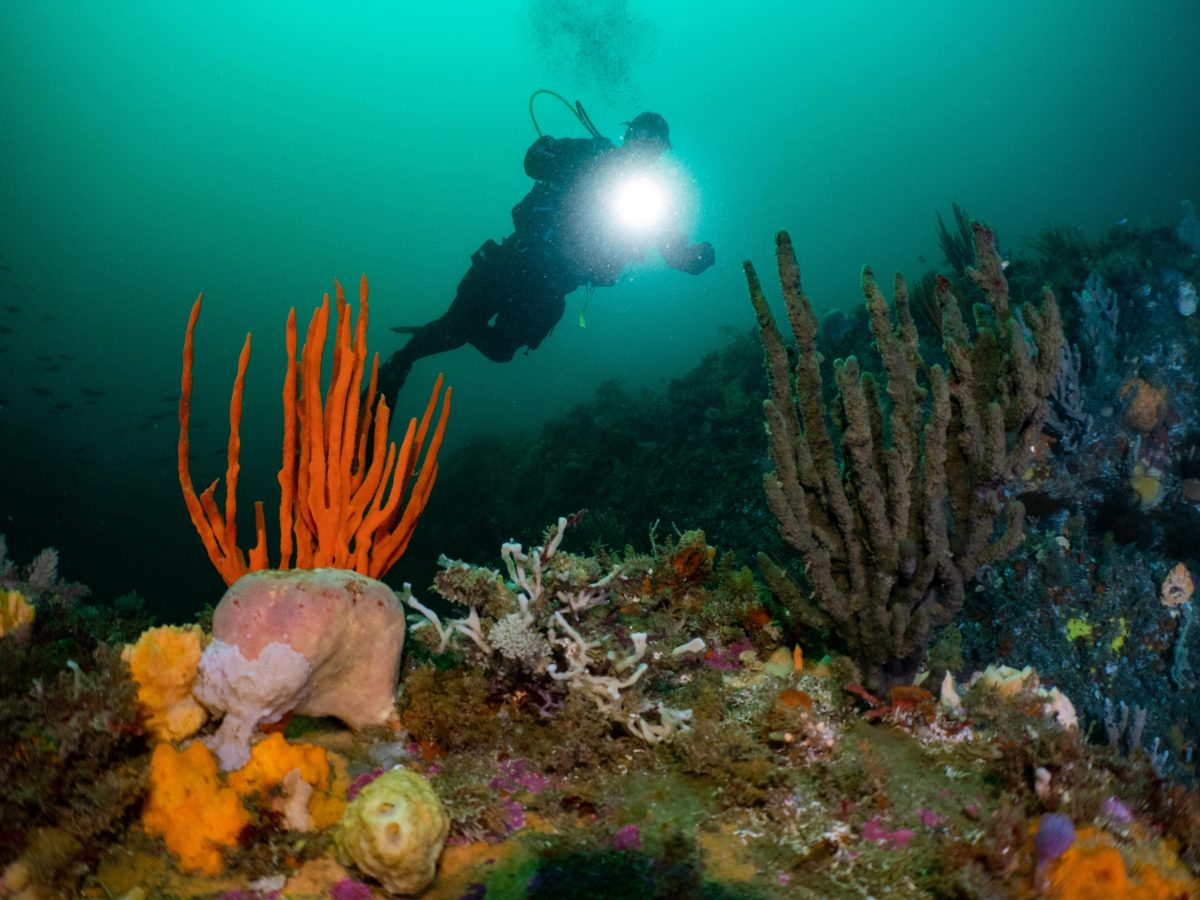
Photo: Joanna Smart
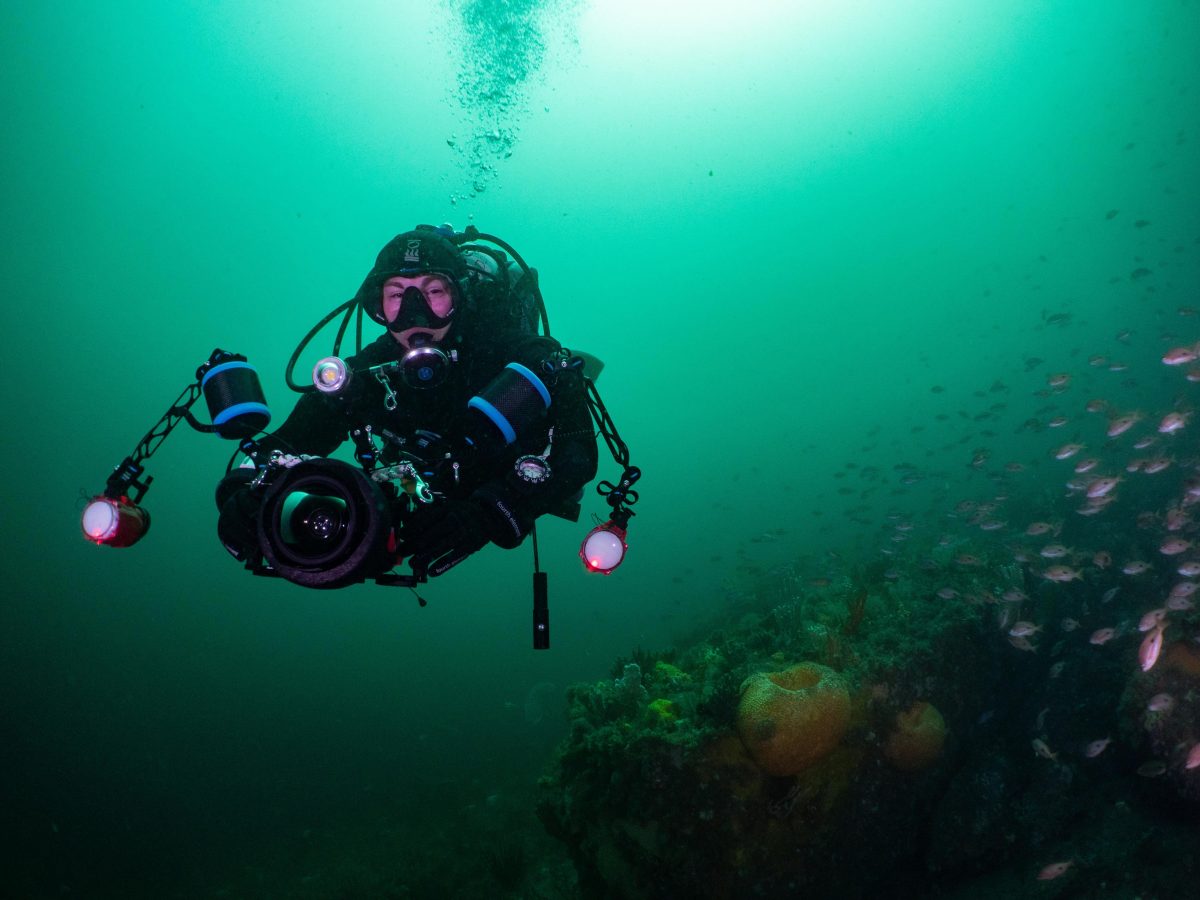
Photo: Joanna Smart
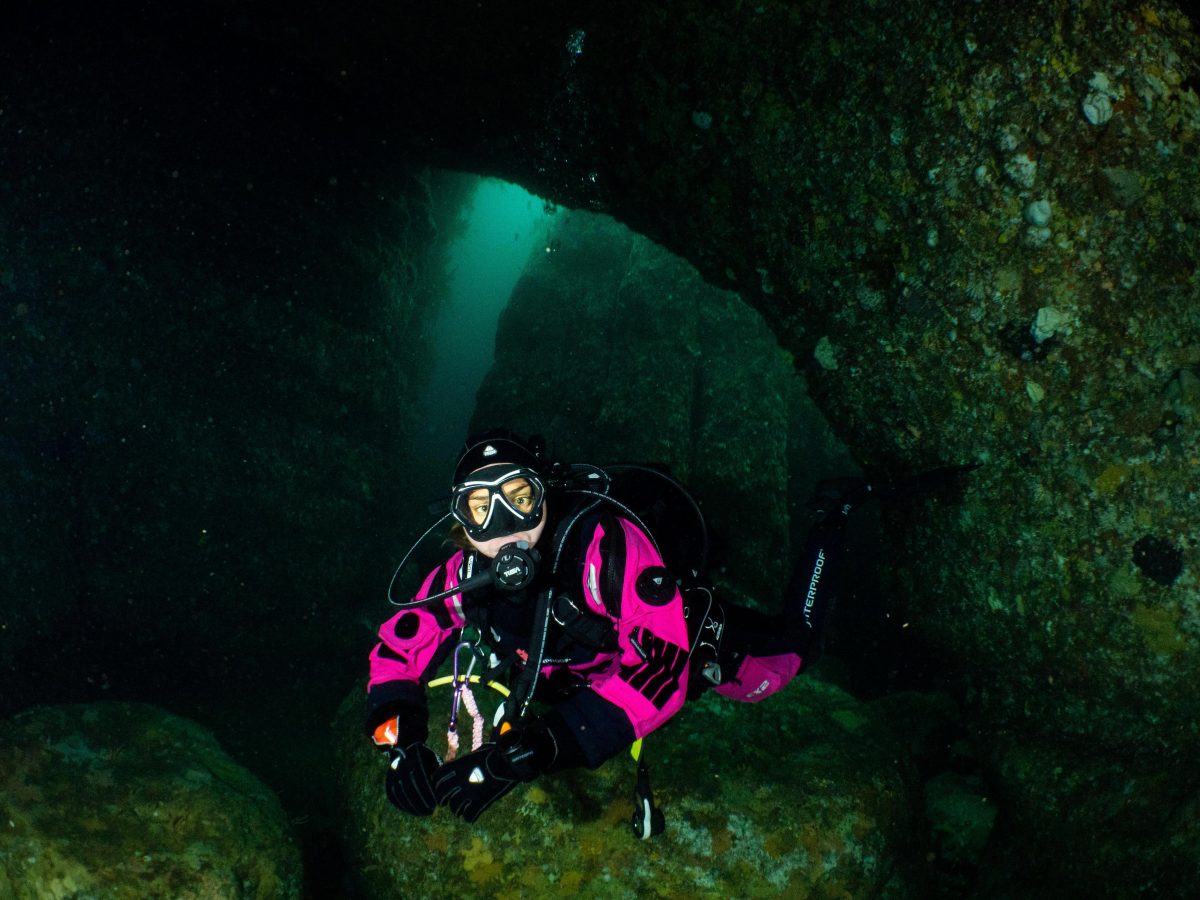
Photo: Kim Hildebrandt
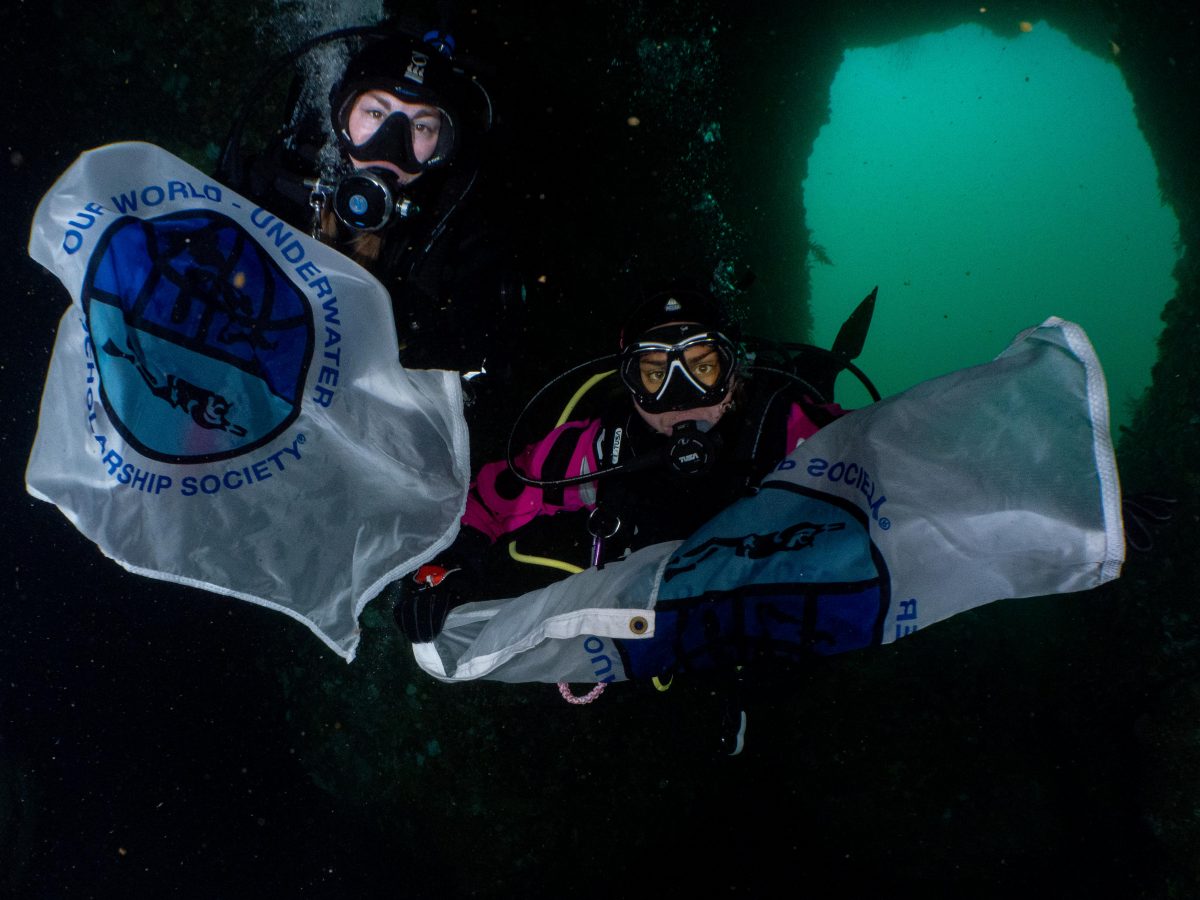
Photo: Hugh Nichols
I would like to extend a massive thank you to Dr Thomas Wernberg, Heather Denham, Albert Pessarrodona, Defne Sahin, Salvador Zarco-Perello, Sofie Vranken and Nahlah Alsuwaiyan for having me at UWA. I learnt an incredible amount about the work of the lab and the logistics of conducting fieldwork in remote environments. I would also like to thank Dr. Neil Banham for his generous hospitality during my time in Perth. Having such wonderful people to stay with when continually travelling so far from home makes the experience all that much better.
Thanks to Rolex and the Our World Underwater Scholarship Society for making this experience possible. I would also like to thank my amazing sponsors, TUSA, Waterproof, Reef Photo and Video, Light and Motion Dive, Paralenz and Mako Eyewear for their continued support.